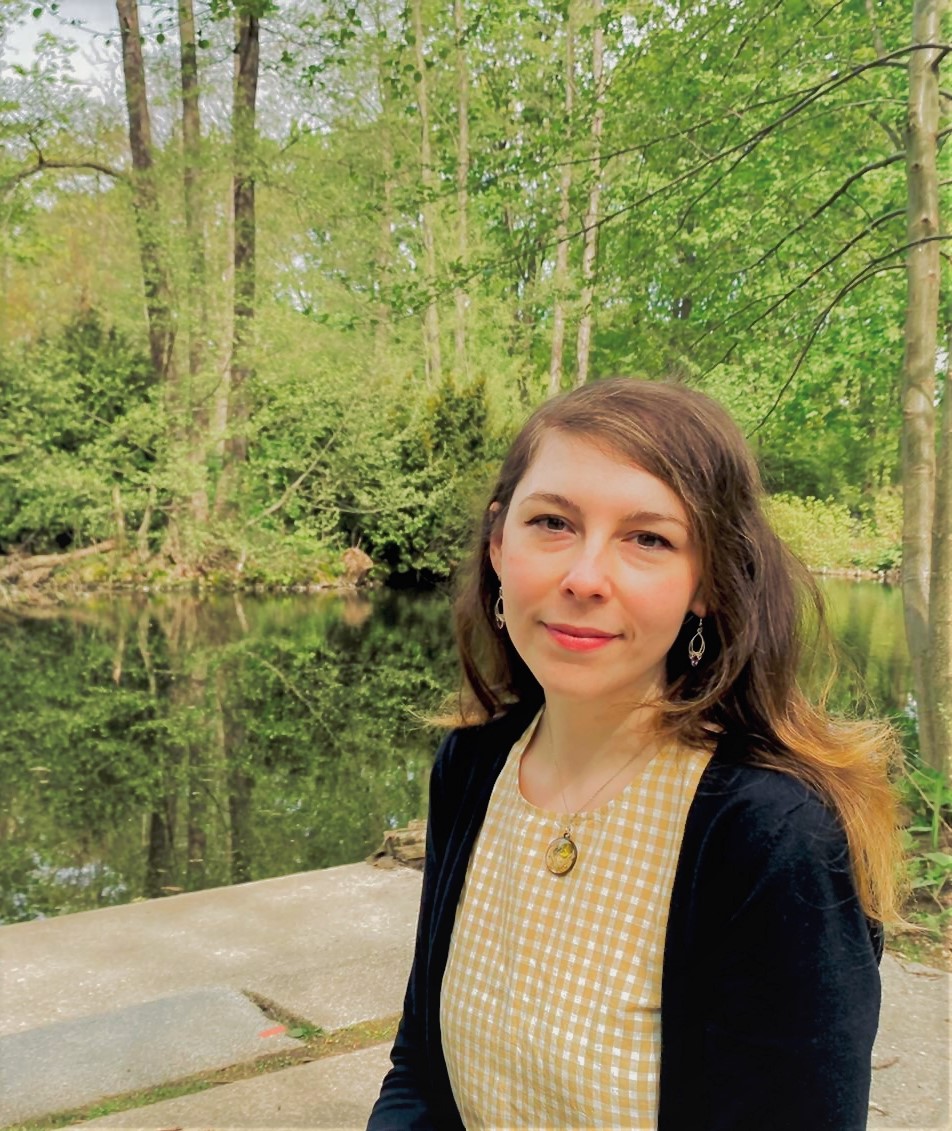Dr. Marija Milanović
Contact
Marija Milanović, Ph.D.
Post-Doctoral Researcher
Department of Community Ecology
Helmholtz-Centre for Environmental Research - UFZ
Theodor-Lieser-Straße 4, office 318
06120 Halle (Saale), Germany
Tel: +49 341 6025 4226

CV
2023 - present
Scientific researcher for eLTER (Integrated European Long-Term Ecosystem Research) and EuropaBON (Europa Biodiversity Observation Network) projects
2021 - 2022
Postdoc in the project iCon - "Analysing plant invasions in their environmental context" at German Center for Integrative Biodiversity Research (iDiv) and UFZ
2017 - 2020
Doctoral Researcher at UFZ, Department Community Ecology
2014-2016
MSc. in Ecology, University of Poitiers, France
Department: Ecology and Biology of Interactions
2016
Christian - Albrechts University of Kiel, Germany
Institute for Natural Resource Conservation, Department for Landscape Ecology
Master thesis and internship
Title: Wild bee diversity on wild flower areas in relation to landscape composition
2012-2013
Research Trainee, Institute of Botany Institute of Botany and Botanical Garden "Jevremovac"
Department: Plant Morphology and Systematic
2007-2012
BSc. in Biology, Faculty of Biology, University of Belgrade, Serbia
Current research
Research interests
- Biodiversity
- Plant functional traits
- Trait-environment relationship
Publications
Milanović M., Knapp S., Pyšek P., Kühn I. (2020) Linking traits of invasive plants with ecosystem services and disservices. Ecosystem Services. https://doi.org/10.1016/j.ecoser.2020.101072
Milanović M., Knapp S., Pyšek P., Kühn I. (2020) Trait–environment relationships of plant species at different stages of the introduction process. NeoBiota 58:55-74
doi:10.3897/neobiota.58.51655
Milanović M., Kühn I., Pyšek P., Knapp S. (2021) Functional diversity changes in native and alien urban flora over three centuries. Biological Invasions
doi:10.1007/s10530-021-02509-4
